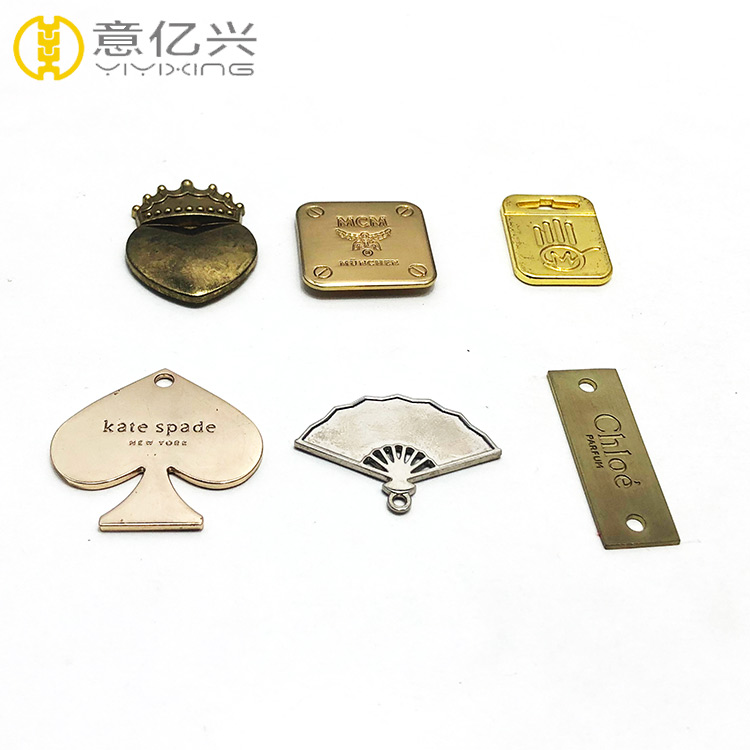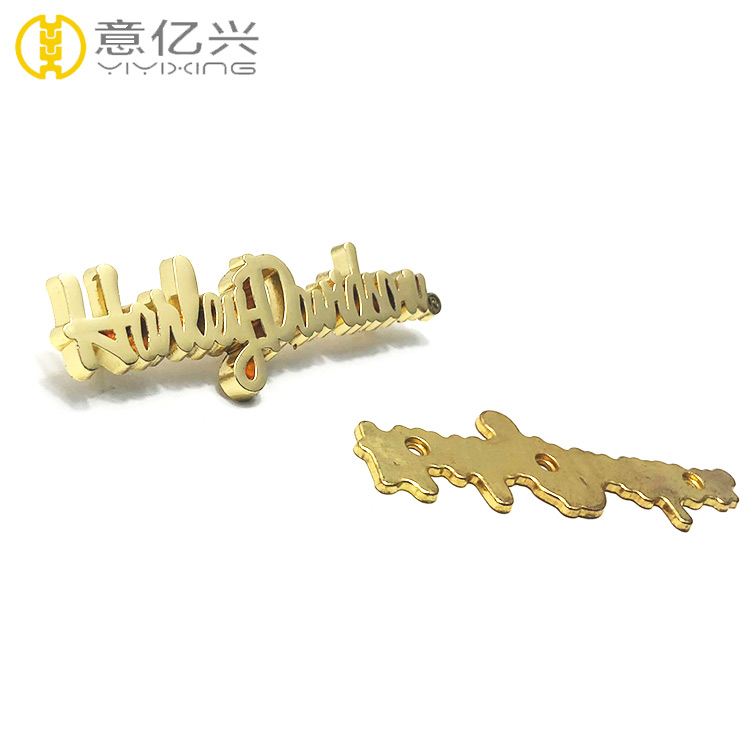2 Influence of the International Green Packaging System on China's Commodity Exports
The green packaging system of most developed countries is implemented through various domestic laws and regulations. However, inappropriate policy measures and the gap between countries' standards also have a great negative impact on China's export trade.
1) Challenges of packaging materials requirements.
First, the environmental protection regulations of Europe and the United States and other countries have higher requirements and standards for the ease of handling and recyclability of packaging materials. The material requirements for packaging are primarily its safety, followed by the harm to the human body and the natural environment. China's packaging materials are backward, difficult to handle, low recoveries, and serious environmental pollution in importing countries. This has caused many products in China to be unable to export because of packaging problems. Secondly, in European and American countries and other countries, environmental protection laws and regulations put forward higher requirements for animal and plant quarantine and stipulated that some natural materials must be sanitized, animal and plant quarantined in order to prevent the transmission of animal and plant diseases and insect pests. China's packaging materials are of poor quality and do not pay attention to the above requirements. Some export products are still heavily used in the packaging of wood, straw and other materials. They are not only rough in appearance, but are often repeatedly blamed and restricted by importing countries due to the presence of pests and diseases. The export of related products is often affected by quarantine of animals and plants. Among them, the problem of wood packaging is most prominent. In mid-September 1998, the U.S. Department of Agriculture proposed that the packaging of China's export commodities use untreated wood to bring the long-spotted bees of the Asian region to the United States. The Ministry issued a 90-day ultimatum to China, demanding that China's commodities be changed within this time limit, otherwise, the use of the above-mentioned packaging materials will be prohibited from exporting to the United States after December 17 of the same year. This resulted in a chain reaction. After the United States introduced new quarantine regulations for the wood packaging of our country’s cargo destined for the US that left China’s ports in September 1998, the Canadian government also decided in November 1998 to propose a new Quarantine requirements. On June 1st, 1999, all the wood packing provisions for goods from our country were not allowed to bear bark, and there must be no wormholes with a diameter greater than 3mm. The wooden packing must be dried so that the wood moisture content was less than 20%. This also poses a serious challenge to our products exported to Europe.
2) The challenges posed by the product packaging label.
The EU has been obstructing the import of domestically produced crystals through legislation on product packaging and labeling. Apart from the high requirements for animal and plant products, the EU has very high requirements on the environmental protection of textiles and packaging materials exported from China because of the EU’s environmental protection. Consciousness is the highest, especially for products that are harmful to human health and the environment. For flammable, explosive, corrosive crystal, and toxic substances, the law stipulates that its packaging and labels must meet a series of special signs. According to Law No. 75-1349 promulgated by France on December 31, 1975, all product label descriptions, flyers, user manuals, warranties, and other information materials must be mandatory in French. For processed foods, French law stipulates that an accurate product description must be printed on the outer packaging of food packaging: including the manufacturer's name, packager and vendor, country of origin, quantity, ingredient list, etc., and additives must also be stated. Cans or semi-finished cans must be dated outside the box. EU's import products such as textiles also require an eco-label. The most popular eco-label in the European Union is OKO-Tex Standard 100, which is the passport for textiles entering the European textile crystal market. The CE mark is the pass for industrial products entering the EU market. The electromechanical products involved in the “New Technology Coordination and Standards Program†include home radios, television sets, mobile wireless devices, medical science instruments, information technology equipment, and lighting fixtures. China's electromechanical products, such as radios, televisions, and lamps, rank among the first in the world, and are mainly exported to Europe, America, Japan, and other countries. Since January 1, 1996, EU customs authorities have begun to refuse the entry of products that are not CE-marked. With the implementation of the EU CE mark, Australia has begun to implement similar practices. The United States, Canada, Japan, South Korea, and the Taiwan region of China and the Commonwealth will also imitate the EU's practices. Therefore, this chain reaction will make China's exports of electromechanical products more difficult.
3 Countermeasures for "Greenization" of Packaging Industry
The development of green packaging is the trend of the world packaging industry to establish a green packaging industry system, so that packaging "green" packaging industry must be the only way.
1) Actively develop green packaging materials
Packaging materials for export goods can only be allowed to enter the importing country if they meet the requirements of the importing country, otherwise the customs of the importing country will not release. Many countries restrict or impose mandatory supervision and management on the packaging materials of imported goods in the form of laws and regulations. For example, the U.S. stipulates that the packaging of imported goods must not be made of straw, otherwise it will be forcibly burned. For this reason, the first choice of packaging materials is to avoid the use of toxic materials. The pigments, dyes, and paints used on packaging containers or labels should be made of materials that do not contain heavy metals. Adhesives used as joining materials should not only be toxic or toxic, but also be easily decomposed during separation. The second is to use recycled materials as much as possible. At present, recycled recycled materials used in the world are mostly recycled paper, recycled cardboard boxes, molded pulp, peak pulp boards, and paper tubes made after recycling waste paper. The third is to actively develop plant packaging materials. Plants can basically reproduce continuously and multiply, and the extensive use of plants generally does not harm the environment, ecological balance and maintenance of resources, and is favored by the international packaging market. Fourth, choose a single packaging material. This eliminates the need to use special tools to disassemble the material. It also saves time for recovery and separation, and avoids the difficulties of recovery and separation due to the use of bonding methods.
2) Move closer to the international environment.
IS014000 The international standard of environmental management system stipulates that any product that does not meet the standard can be rejected by any country so that products that do not meet the standard are excluded from international trade. China's environmental labeling system has few product categories and can not meet the needs of foreign trade development. Therefore, the first is to actively implement the IS014000 international standard and strengthen the green program of export packaging products from design to production to recycling. Implementation. Through the establishment and implementation of an environmental management certification system, it is possible to control the generation of pollution at the source, save energy and reduce haze, reduce pollution treatment costs, and bring comprehensive social and economic benefits to the enterprise. Second, we must actively implement the product environmental labeling system to allow more export commodities to further develop the environmental label of developed countries based on the certification of environmental standards, so that more export products can surpass the “green barriers†and obtain export products. International Pass.
5) In the packaging design should highlight the connotation of environmental protection.
The primary task of advancing green packaging is the design of green packaging, which directly affects the packaging format, the selection and use of packaging materials, and the disposal of packaging waste. The overall requirements for green packaging design, in addition to the emphasis on packaging protection and display functions, should also add environmental and psychological functions. Export packaging training - to be aware of the environmental protection laws and regulations of the target market countries, the depth of consumer environmental protection consumption concepts, green organization activities, environmental protection packaging development trends, etc., in order to fully consider these factors in the packaging design. Many of China's export commodities fail to meet the environmental protection requirements of the importing countries. One of the important reasons is that there is not enough understanding of the environmental protection laws and regulations of the importing country and the intensity of consumer environmental awareness. For example, the Australian Quarantine Bureau stipulates that all imported goods must be provided with fumigation certificates in wooden boxes. If these factors are not taken into account in the design of the packaging, it is difficult to avoid the obstruction of the export. In addition, environmental protection should be emphasized in the design of packaging, decoration, patterns and colors to adapt to the modern consumer psychology of foreign consumers protecting the environment and beautifying the environment in order to achieve the purpose of expanding marketing.
4) Increase investment and improve packaging technology.
At present, there are no explicit investment, credit, and taxation policies for the country's packaging environmental protection projects, which could not attract large-scale social and private investment, and the lack of investment in science and technology has resulted in a serious lack of scientific and technological talents in the packaging industry and weak technological development capabilities. According to incomplete statistics, the proportion of professional technicians in the packaging industry is only about 2%, which is much lower than the national average of 6.8%. Moreover, due to the weak capability of science and technology development in the packaging industry and the dispersion of power, the functions of mutual cooperation are difficult to play, resulting in a large number of scientific and technological achievements failing to be applied to the production of packaging. The technical basis of the packaging industry consists largely of the packaging material processing technology, packaging machinery manufacturing technology and packaging containers. At present, the technical strength of the packaging industry is mainly concentrated on the production of packaging containers, while the technical measures for packaging materials and packaging machinery only hope to solve the general raw material production department and the general machinery production department. This situation is increasingly unable to Adapt to the development of packaging industry technology. Therefore, the green packaging requires the relevant environmental protection technical departments and packaging manufacturers to increase technical input, strengthen the research on the degradation technology of packaging materials, recycling and recycling and reuse techniques, and production of replacement crystal technology, and other green packaging technologies and the disposal and comprehensive utilization of packaging waste. The development of technology and equipment, the production of changes, with a strong technical level to deal with green barriers.
(Text / Zhang Yanwen School of Economics, Hubei University of Economics)


